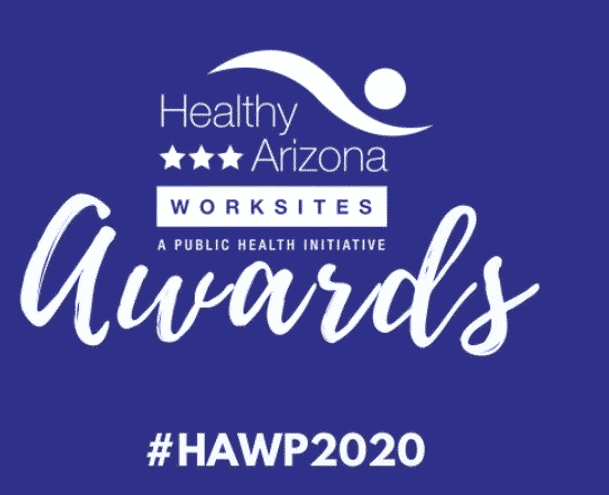In the controversial King v. Burwell decision, the Supreme Court upheld premium subsidies for all insurance plans sold on both state and federal exchanges established by the Affordable Care Act (ACA). When the ACA mandated that all states have an exchange available on which citizens could purchase health insurance, it provided states with the option to either establish their own exchanges or simply use the federal exchange. The law further stipulated that federal subsidies would be available to individuals with incomes between 100 and 400 percent of the poverty line if those individuals purchased plans on exchanges “established by the state.” These latter four words were at issue in King: would individuals who purchased plans in the 34 states that had not established their own exchanges still be eligible for federal subsidies? The Court held that despite the wording of the law, individuals who purchased plans on the federal exchange would indeed be eligible for subsidies.
With the King ruling, the ACA cleared a significant hurdle threatening its viability as law. In the wake of the decision, employers should review the ACA’s requirements to ensure that they are in compliance. The ACA’s “play-or-pay” provision requires applicable large employers, defined as those with at least 50 full-time employees in 2016, to either offer affordable, minimum essential coverage to virtually all full-time employees or face hefty financial penalties. Minimum coverage basically means that the plan must pay for 60 percent of the individual’s medical expenses, and “affordable” means that an employee’s contribution to the plan must not exceed 9.5 percent of his or her household income.
The penalties levied on employers are only triggered if any full-time employee receives a federal subsidy. Therefore, in light of King, employers will still be responsible for providing coverage for all full-time workers even if they are located in states that have not established their own exchanges.
In the case of temporary staffing firms and PEOs, it may sometimes be unclear whether the responsibility to provide health insurance coverage falls on the firm or the client that hires a temporary employee. The IRS has indicated that the common law test for whether an employer-employee relationship exists is determinative. This test centers on whether the employer has the right to control the worker’s job duties. If a company retains the right to dictate what a worker accomplishes and the means by which he does so, as well as the rights to train, discipline, and terminate the worker, an employer-employee relationship will likely be found to exist. Based on this test, the IRS has found that temporary staffing firms generally constitute employers (and therefore must provide health insurance as required by the ACA), while PEOs are typically not employers. The onus to provide insurance likely falls upon a PEO’s clients that employ workers.
With challenges to the ACA’s feasibility quelled for the foreseeable future, businesses will need to ensure that they comply with the minimum standards for insurance plans. It is crucial for businesses, particularly those dealing with temporary staffing arrangements, to understand when an employer-employee relationship exists and have an accurate count of how many full-time employees are under their control.
The ACA is a highly complex law with sweeping ramifications for employers. Contact CBR today for more information on how the Act affects your business.
(Sources: https://www.natlawreview.com/article/impact-king-v-burwell-applicable-large-employers, https://www.shrm.org/hrdisciplines/benefits/articles/pages/aca-staffing.aspx, https://www.shrm.org/hrdisciplines/benefits/articles/pages/what-is-affordable-coverage.aspx




























